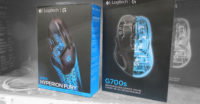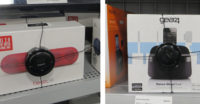Nerd Alert: What “Overseas” Manufacturers Need to Understand About American Retail
The Nerd Alert is a monthly column about consumer tech packaging.
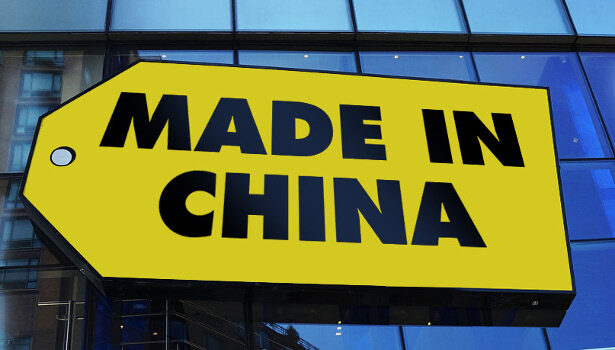
What “overseas” manufacturers need to understand about American retail.
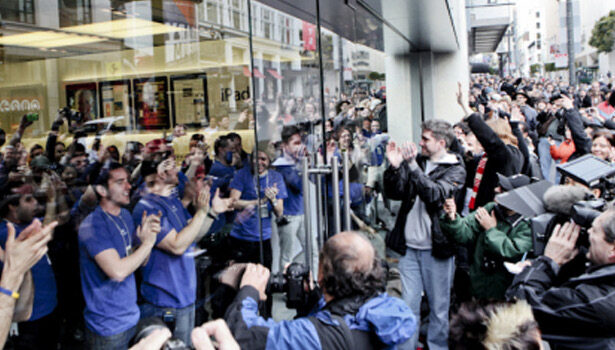
What have you done for me lately?
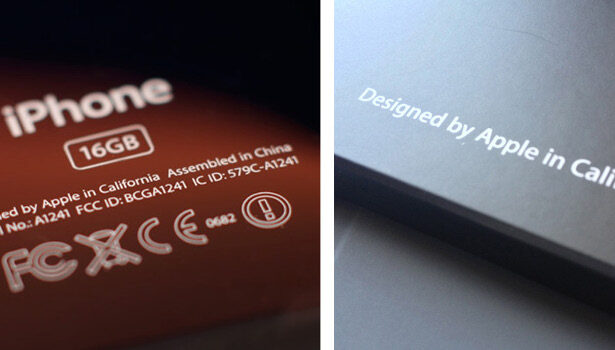
Y'all not from round here, are ya?
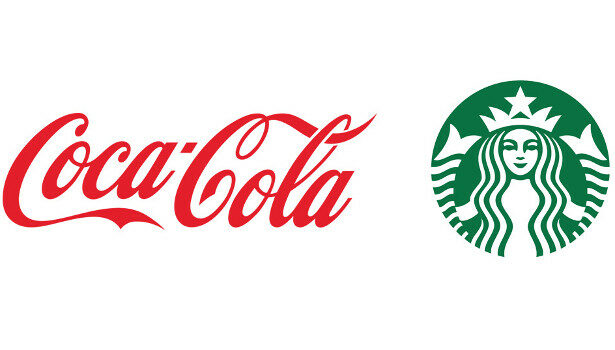
We’re idealists (at least when it suits us).
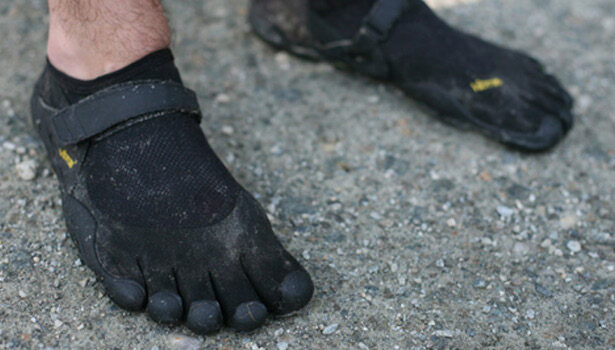
Pick a card, any card.

We want to have our cake and eat it too.






The next big wave of consumer products are not going to come from the brands Americans know today but from the companies that have been actually manufacturing these products overseas. Middleman brands that Americans are familiar with such as Belkin, Griffin Technologies and SkullCandy have been making huge profits on products made — and even in some cases — designed elsewhere. We’re now going to be seeing a massive change in the market, where these manufacturers are going to build their own brands and market them directly through American retail. This will look to cut out these middleman brands, increase profits for the manufacturers, and hopefully pass some savings onto the John Q. Public. But, before manufacturers will be able to do this successfully, there are a few things they should know about us Americans.
What have you done for me lately?
Not since the launch of the first iPad has the market experienced such incredible excitement. Just to refresh your memory, that was back in 2010, so the innovation drought is wearing hard on the technology-rabid American public like skinny jeans are wearing on ... well, everyone. Retailers want something new, and they want exclusivity on that innovation. The middleman brands achieve this through slick industrial design, but that’s not true product development. That’s a product feature. At the source, you are able to effect true product innovation easier and cheaper than anyone else, and that advantage is your edge.
Y'all not from round here, are ya?
Americans don’t like the idea that everything is “Made in China.” Now, we understand that most things these days are in fact made somewhere “overseas,” but we like that dirty little secret to be hidden somewhere in the fine print. American brands like Apple play a sort of sleight of hand trick with the public, where they say things like “Designed in California,” and then in 6 pt text somewhere on the bottom of the packaging you’ll find “Assembled in China.” This gives us the feeling that “we” are still somewhat in control of the ideas and the design of stuff (which in some cases is true); but to us, “China” is just the place where everything is made.
We’re idealists (at least when it suits us).
If you’re looking to build a brand and sell it in the states, actually having a few core values will go very far in this country. Brands have personal relationships, even personalities for that matter, that build very strong bonds in our society. That being said, we are also amazing “bullshit” detectors, so if you pander to us, you’ll die a miserable death at retail. If you’re good at something, we want to know about it, and if that fact makes sense in our lives, then we’ll buy it. That being said, if you use slave labor and kill puppies in order to produce your wears (and we find out), you’ll be toast faster that you can say Vibram.*
* Vibram made those funky shoes/socks that had little slots for your toes. They were all the rage for a brief moment, made huge claims that came out to be false to the point of pure fiction, and got sued into near oblivion.
Pick a card, any card.
There are many different types of Americans, so you’re going to have to make some choices if you want to resonate with one group or another. Simply trying to market to the “American public” in general is going to be impossible, unless you’re looking to make doorknobs. Hell, even then you won’t be able to appeal to everyone. Americans love products that were specifically made for them by visionary companies who understand what makes them tick. By attaching to a specific demographic, using their voice in both words and imagery, they’ll start to trust you. Over time and through consistency, you'll earn trust and brand loyalty.
We want to have our cake and eat it too.
Americans love a good bargain but not at the expense of quality. In other words, there is a difference between affordable and just plain cheap. We’re very used to retailers like Walmart and Target, who use their massive purchasing power to drive down costs. On the other hand, beware of becoming a commodity if you’re selling a premium product or a new technology.
That being said, retail is just one way to go, and — according to some — may be on its last legs with regards to technology. Some e-tailers like Tiger Direct and Crutchfield are selling a larger variety of electronics direct to consumers online, without the hassle of actually going to your local Best Buy. So, before you try and sell products to the American market, you’ll need to ask yourself how you want to reach them, what do you want to mean to them as a brand, and how do you want to show up in the world (world meaning America, in this case). This will help shape how and where you launch your products and if you’re a quantity or quality player.
Now, before you haul off and attack these thoughts as mere sweeping generalizations, first know that I completely agree that they are. I also think it’s important to note that we are at the front lines of this trend and are seeing it happen firsthand. The “tips” above may seem obvious and even slightly offensive to Americans, but trust me, many overseas companies do not know these simple truths. I believe this is due to simply not understanding every cultural difference, and that goes for both sides. The speed of information and ease of world travel has instilled in both cultures a false sense worldliness. For example, I couldn’t write this article from the other side, but I would very much like to read it.
Looking for a reprint of this article?
From high-res PDFs to custom plaques, order your copy today!





